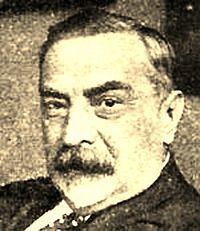 | ||
Died 20 December 1938, Prague, Czech Republic Similar Karel Jaromír Erben, Božena Němcová, Václav Tille | ||
Artuš or Artur Scheiner (28 October 1863 – 20 December 1938) was a prolific Bohemian painter and decorative artist, illustrator, known best for his precise gouache drawing mostly in secessional style. He produced many paintings, illustrations, advertisements, postcards, and designs.
Contents
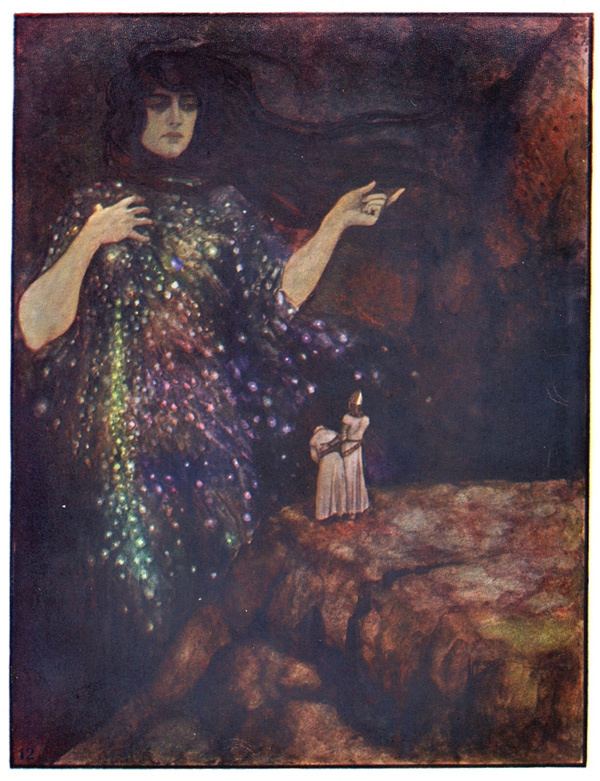
Biography
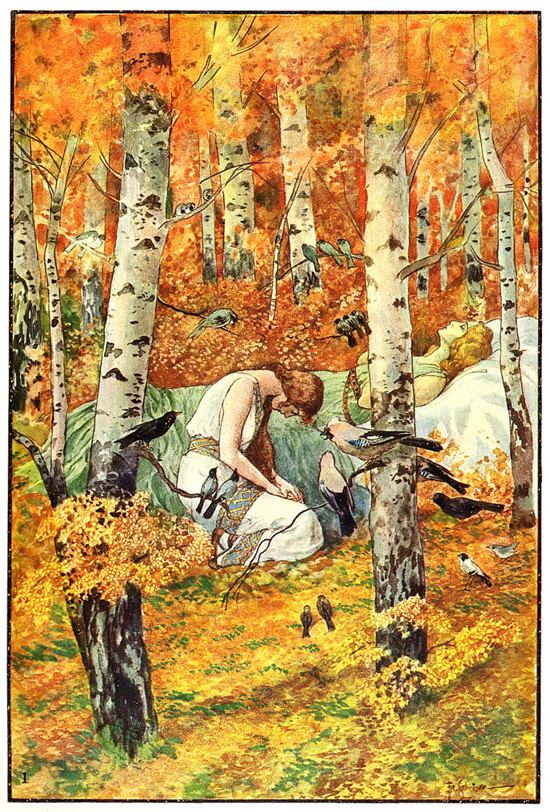
Although not classically educated in art, he mastered his art by himself. He was painting since he was small boy; he became strongly passionate during his studies at high school. Considering that he originally worked as financial clerk of Financial General in Prague, his own artistic style is even more fascinating. His contemporaries in what is now the Czech Republic were Alphonse Mucha, Emil Filla, Václav Špála, Otakar Kubín. Although Scheiner's style is not about searching for expression (Emil Filla) or inventing own signature style (Alphonse Mucha), more about delicately beautifying the reality world our eyes see and sometimes sci-fi elements.

Situation in Europe, in Czech art especially around year 1900 was determined by different streams: Pleinairismus, late impressionism, and mainly secessionistic decorativism and symbolism. In tangle of it all Czech art world were looking for his own expression. Art style bearers were now famous and highly evaluated European artists such as Vincent van Gogh, Paul Gauguin and Paul Cézanne, master of 19th century Honoré Daumier and expressive Norwegian Edvard Munch, exhibiting in 1905 in Prague. European painters were influenced mainly by mainstream expressionism and fauvism at first, and the most strongly reacted on cubism. In the beginning of the 20th century, the European art world was completely dazzled by strong expression of Edvard Munch; the German art groups Die Brücke and Der Blaue Reiter had a strong influence as well.
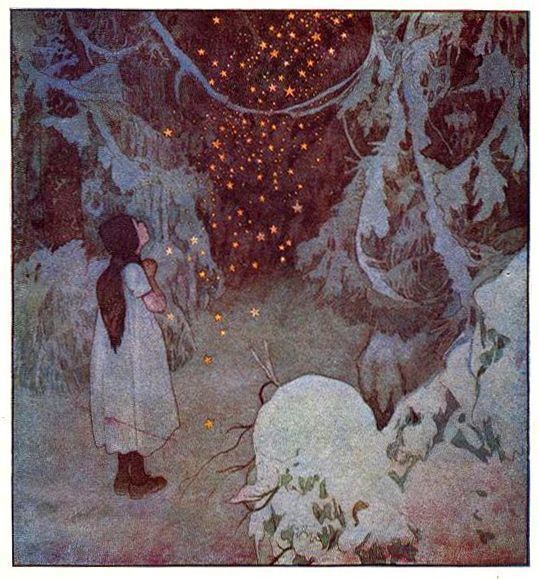
Scheiner began his career with drawings in Lustige Blätter headed in Berlin, a weekly German humour magazine, and other magazines in Germany, Austria and Hungary. Since 1880, his drawings were published in Czech society and humoristic periodical magazines such as Světozor (since 1897), Paleček, Švanda dudák, Zlatá Praha. He gradually built his reputation of talented and gifted artist-humorist with focus on situation humor of everyday life. In 1902, now as a freelance artist, he illustrated his first book – children's fairy tale Růženka a Bobeš by Václav Říha. His b&w linear pen and ink drawings in a splendid secessionism styling gained him popularity and new contracts. He illustrated the most famous fairy tale books of authors such as Božena Němcová's The Disobedient Kids and other Czecho-Slovak Fairy Tales, Karel Jaromír Erben, Hans Christian Andersen and others. In 1928 in the Romance about the faithful friendship of Amis and Amil by Julius Zeyer he worked not only on amazing fantasy expressions of fairy tale, but even soft erotic drawings. These books were published in expensive a high quality graphic versions to let the drawings become even more apparent. He illustrated whole series of Kulihrášek, the pioneer comic books for children, by Marta Voleská. Kulihrášek is a little boy, the mischievous hero of over a dozen picture books. During his adventures, Kulihrášek travels around the world, and allows readers to see many wonders and adventures on this planet. In 1930 he illustrated Podivuhodné příběhy barona Prášila by Adolf Wenig. In 1933 for the first time the original fairy tale illustrations were exhibited in the Prague Central Library. He died 20 December 1938 in Prague.
Other works
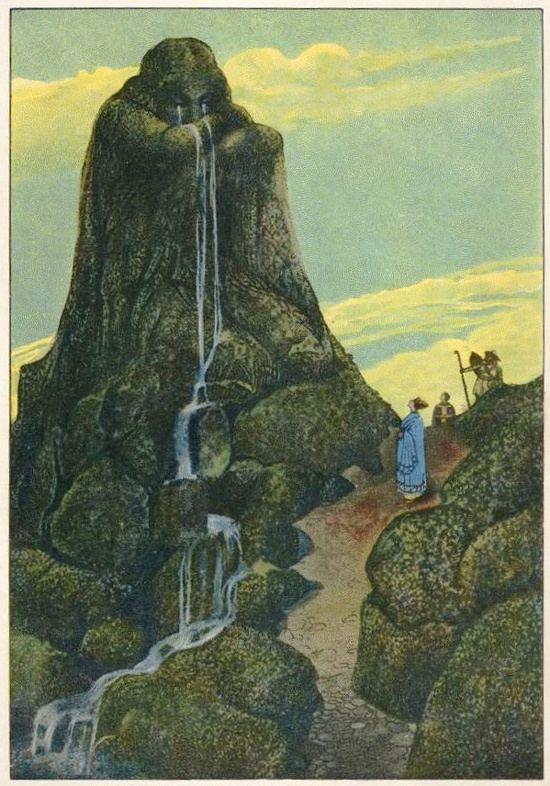
His work spread among children's books, the classic novels, advertising postcards, posters and even theatrical curtains. In 1895 he designed a puppet theatre for the children of his brother Josef Scheiner, who served as mayor of Sokol Prague. He even handcarved the wooden puppets in completely new secession style. His style wondered watchers and lead in twenties to cooperation with Puppet troupe in Prague. His stage curtains design were used for line production in 1932 by J. R. Vilímek Publishing House as complete set for small home theatres that were fashionable in the period.
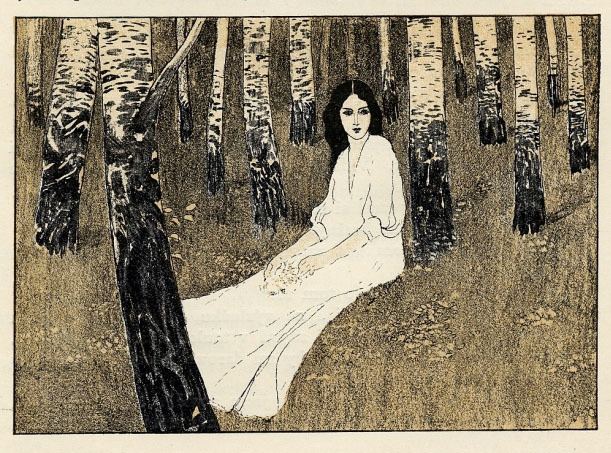
In 1911–1913 Scheiner's 2 oil paintings – Virgin Mary and child, Crucifixion on wood garnished the Church of Saint John of Nepomuk in Štěchovice, Czech Republic.
Libraries database
Exhibitions and online collections

